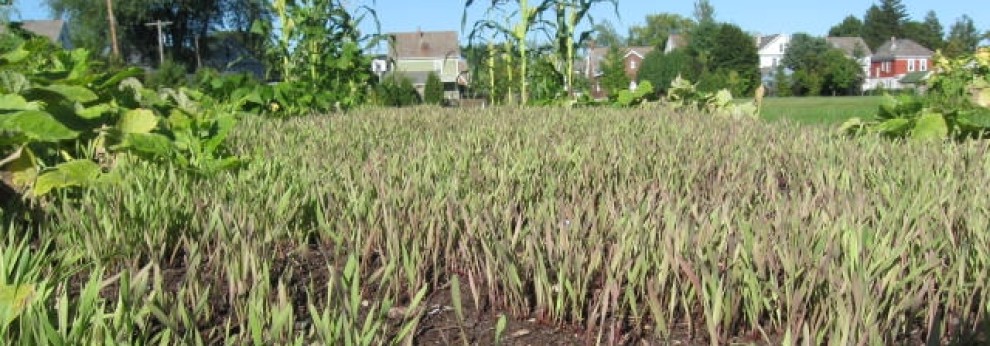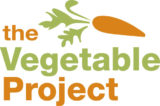With some concern about whether the least expensive and easiest-to-use tools are the most accurate, measuring pH and presence of macronutrients in our garden soil last week suggest that we have some work to do. Readings vary from one location to another. And trying to match colors of solutions with printed colors is more difficult than you might think. But generally speaking, our soil at both Albany High School and Myers Middle School is more alkaline than most vegetable plants prefer. And we seem low on nitrogen and phosphorus (the first two numbers on a package of fertilizer, or the N and the P of the N-P-K).
So why do we care?
 For one thing, pH and the presence of nitrogen, phosphorus and potassium affect plant growth. And many of ours are not doing as well as we would expect. So we should be able to learn how to create better growing conditions. Another reason, however, has more to do with why we talk endlessly about creating hands-on learning opportunities and how we see teaching a bit differently than folks whose focus is on presenting curriculum-driven information.
For one thing, pH and the presence of nitrogen, phosphorus and potassium affect plant growth. And many of ours are not doing as well as we would expect. So we should be able to learn how to create better growing conditions. Another reason, however, has more to do with why we talk endlessly about creating hands-on learning opportunities and how we see teaching a bit differently than folks whose focus is on presenting curriculum-driven information.
The act of doing with our hands is almost by definition more engaging than passively receiving information through our ears or eyes. In addition, we can pack into small measurement exercises a whole lot of values that do not have to have anything to do with growing edible plants and even tasting them, values that don’t always make it to the surface in the science classroom lab. For example, we can talk about the importance of being careful, since meaningful data really could influence our success or failure at growing plants. That includes using tools carefully, honing our practices and documenting our work precisely. We can lead students to the joy of discovery, again, because we might make act meaningful on what we learn — by amending our soil. And we can talk about the great importance of critical thinking.
For example, we run into oddball situations, such as when two people performing the same measurement with the same tool and working from the same soil sample come up with very different results. It isn’t necessarily obvious to every student that differing results call for running the procedure again, or maybe even again and again and again. But learning to respond to puzzling results thoughtfully will have life-long benefits. Sorry to say, but writing a number in a blank space on a piece of paper is often good enough in the classroom, without regard for whether the number means anything to the student.
As for improving our soil, we’ll try to do as much as we can with compost before throwing up our hands and buying gobs and gobs of fertilizer. It makes sense environmentally. And the hands-on compost management practices create more opportunities to talk about finishing jobs that we start, setting high standards for ourselves and critical thinking.
Know any students who deserve anything less?
–Bill Stoneman




